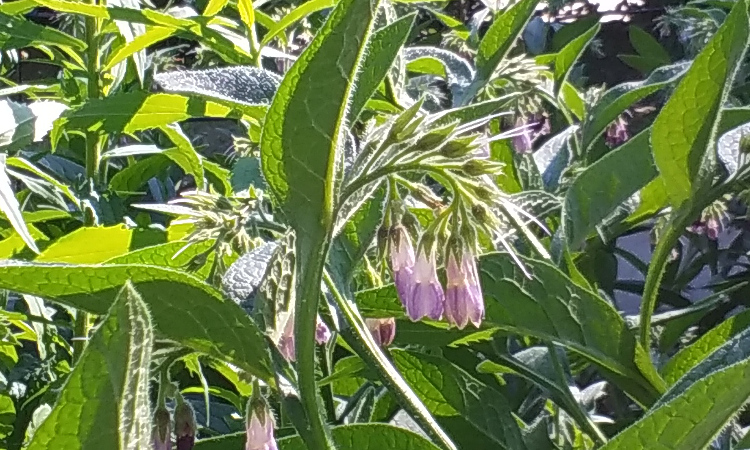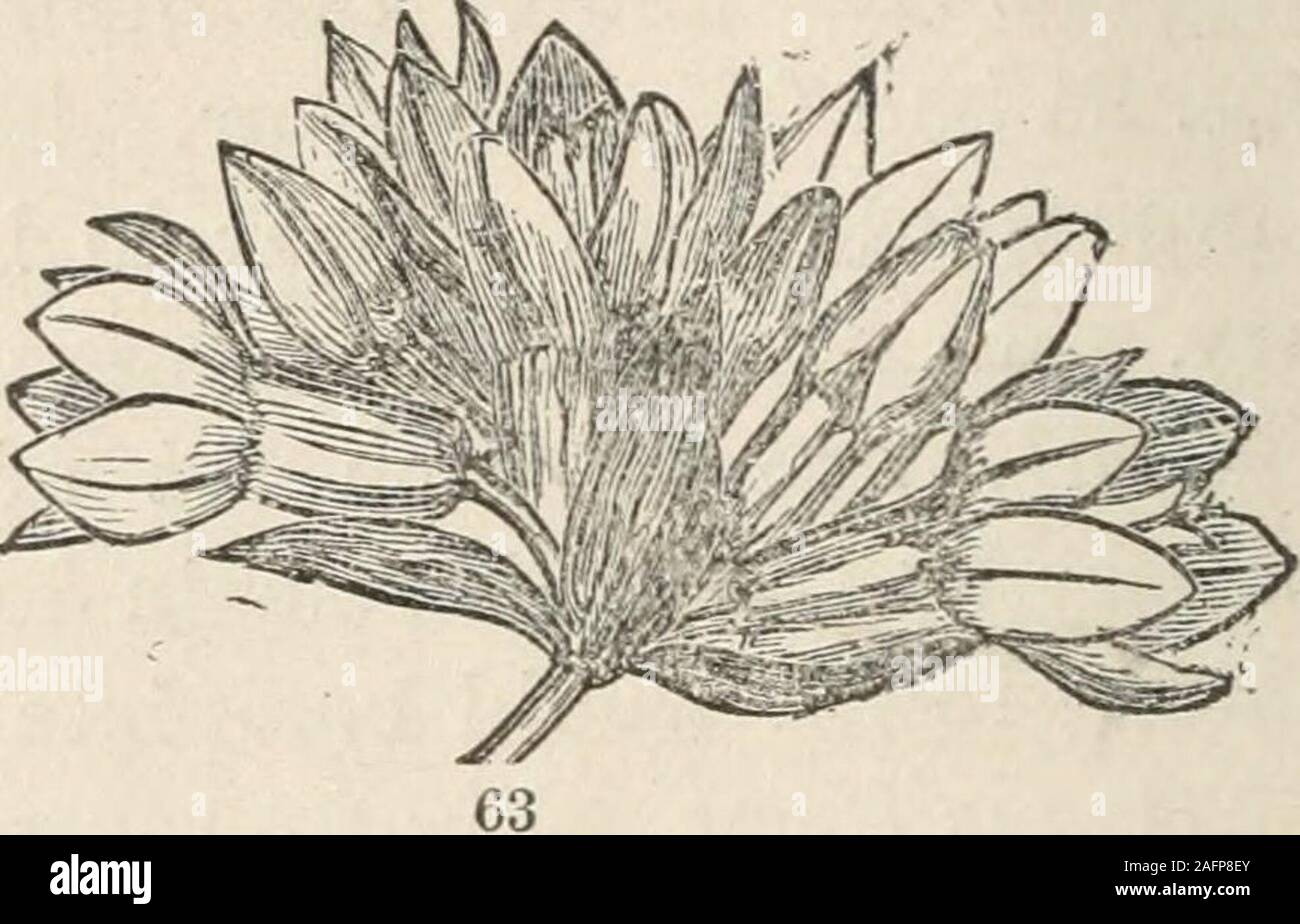

“Oh!” said one admirer 'these flowers are just like those we see on hats!' " Published August 27, 1911, Minneapolis Sunday Tribune.H. The parent stock in Needham, Massachusetts, grew waist high in prodigal profusion. The Brook Forget-me-not, after three unsuccessful attempts has been firmly established in the wild garden, where it blooms the summer long. It is not easy to Forget these pale blue flowers with yellow eyes - an unequalled harmony of color. It is known in Norway to have been found as far north as 69.733N.Įloise Butler wrote this about the plant: "Happy is he who finds in brooks winding through meadows the tiny blossoms that vie with the violet and the rose in popular favor - the forget-me-not. It survives cold temperatures quite well. scorpiodes is found in 41 states, including Alaska, and most Canadian Provinces including the Yukon. It is listed as an invasive weed by some states, Wisconsin for example. It is not native to the state but to Europe and has become naturalized. In Minnesota Myosotis scorpioides has been found in eight counties, mostly in the eastern half of the State. arvensis, the Field Forget-me-not, which is native to Eurasia. Eloise Butler had introduced, in 1909, the species native to Minnesota, M. is widely distributed in the United States. Three are found in the wild in Minnesota. Notes: There are a number plants with this common name, at least 11 known to be in North America. The author name for the plant classification, 'L.', refers to Carl Linnaeus (1707-1778), Swedish botanist and the developer of the binomial nomenclature of modern taxonomy. The species name, scorpioides, means 'scorpion like', referring to the coiled shape of the inflorescence in the bud stage, which leads to some of the other common names. Names: The genus name, Myosotis, is derived from two Greek words, mys, meaning 'mouse', and ous, meaning 'ear' - which refers to the shape of the flower petal - and hence one of the common names given above, although some references state that it is a reference to the leaf. It will tolerate some standing water and is extremely cold tolerant.
Coiled cyme plants full#
They grow best in full to partial sun in the wet to moist conditions of marshes and bogs. They are not so aggressive as to be considered invasive, but they do supplant some native species. They grow from a fibrous root system with some creeping rhizomes that vegetatively form colonies.

In Eloise Butler they are found in abundance along Lady's-slipper Lane in the wetland. Habitat: Forget-me-nots are plants of wet places. Seed: Fertile flowers form a four chambered capsule, each chamber containing a shiny angled black seed. The flowers are perfect, with 5 stamens surrounding the pistil and single style, none of which are exserted outside the corolla throat. Petals are widest near the tip, which is rounded with a rounded notch in the center, resembling a mouse-ear. The petals open out flat at the top of the flower tube. There is a yellow nectary ring in the throat of the corolla that forms a 5-sided eye. The light blue corolla has five petals that have a narrowed base with white coloration near the base.

The green calyx forms a tube and has five triangular shaped lobes, all parts with appressed hairs, as have the stalk and cluster stem. The flowers are small, up to 3/8 inch wide. When in bud, the cyme has a coiled shape resembling a scorpions tail. The central stem of the cyme has appressed hairs.

The inflorescence is a short branched cluster of stalked flowers (cyme), usually curving, without bracts, at the end of a stem. Look close to the ground to find the leaves. There is usually sparse hair on the leaf underside, sometimes short hair on the upper surface. The Leaves are alternate and stalkless, linear to lance-shaped with acute tips and smooth margins. The True Forget-me-not is an introduced and naturalized semi-erect perennial forb, growing from 4 inches to slightly over one foot tall on angled hairy stems that are either upright or reclining or resting on another plant, and sometimes branched.


 0 kommentar(er)
0 kommentar(er)
